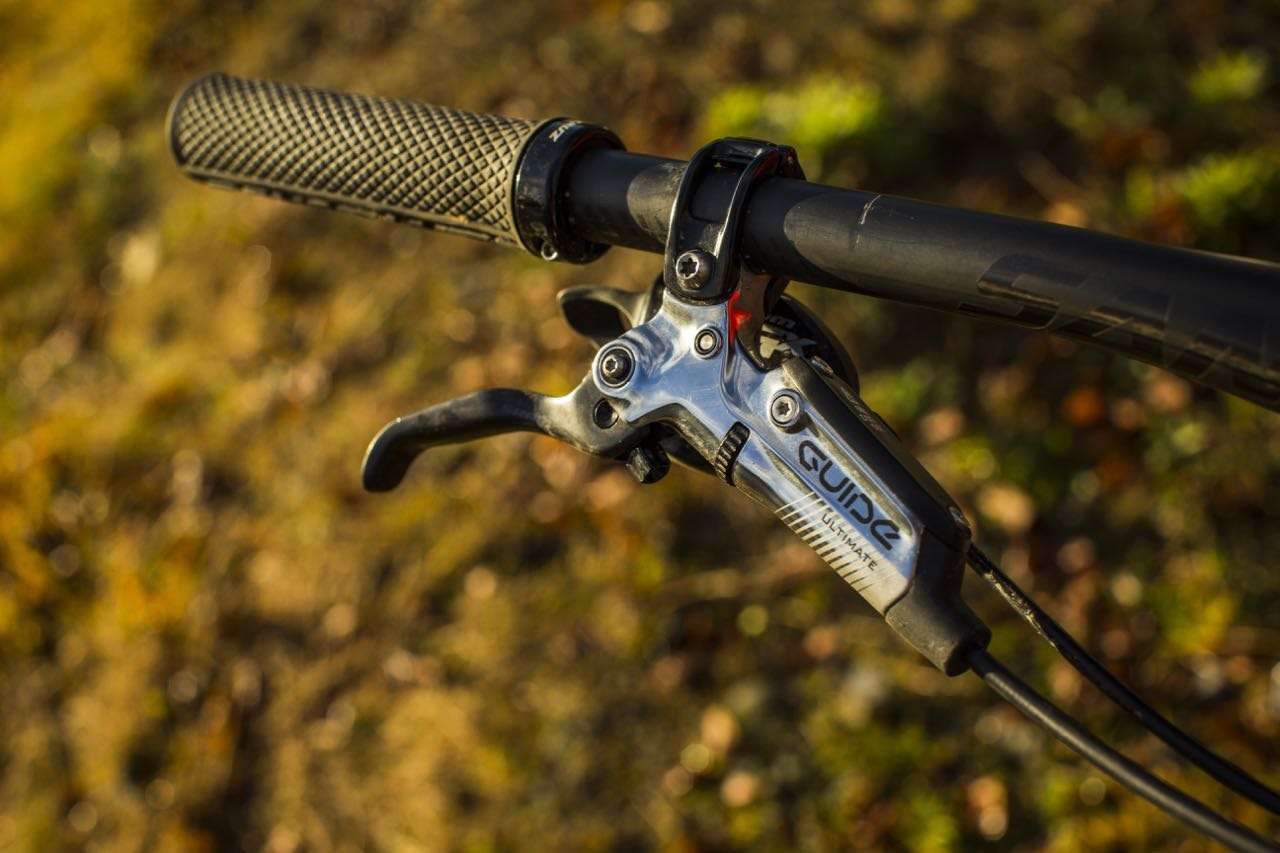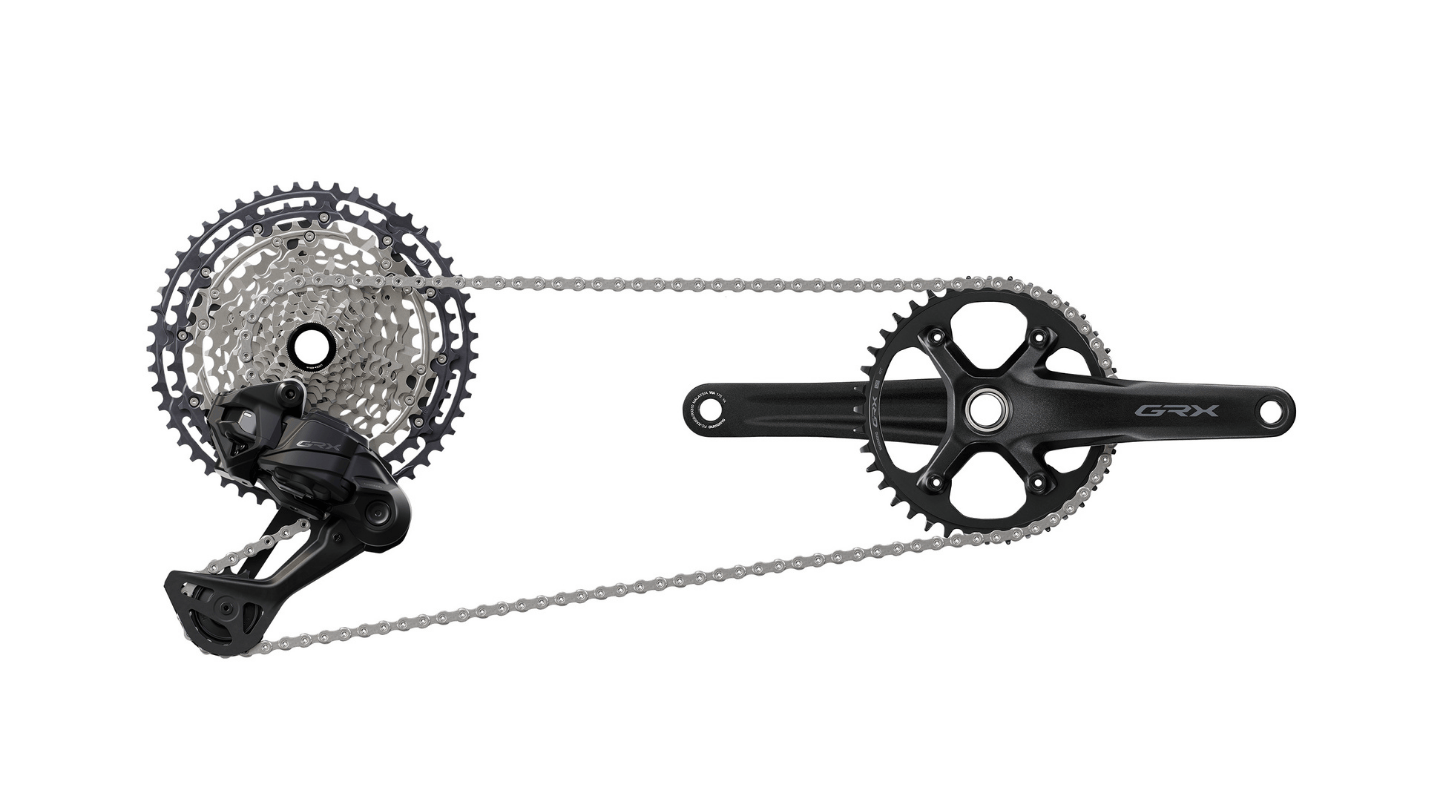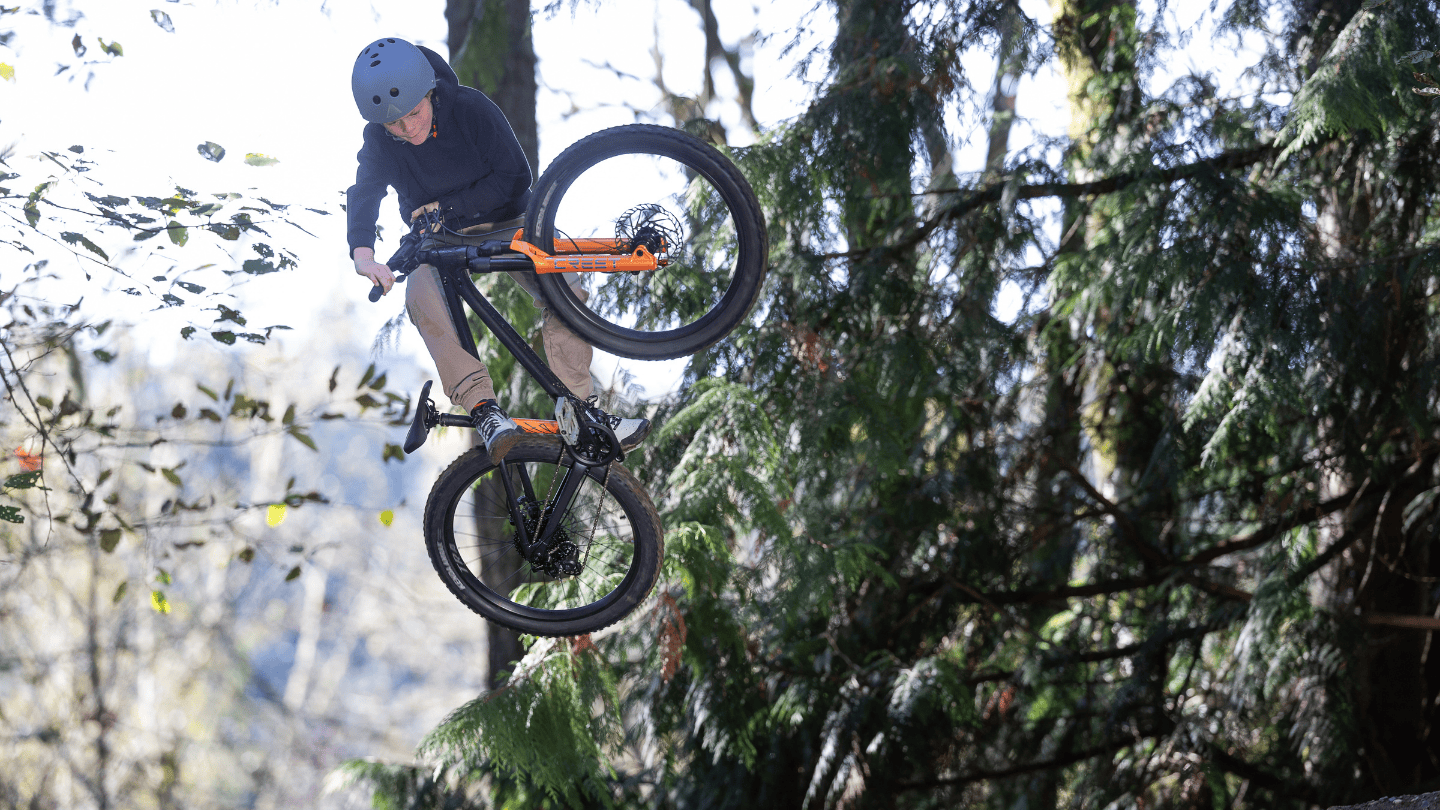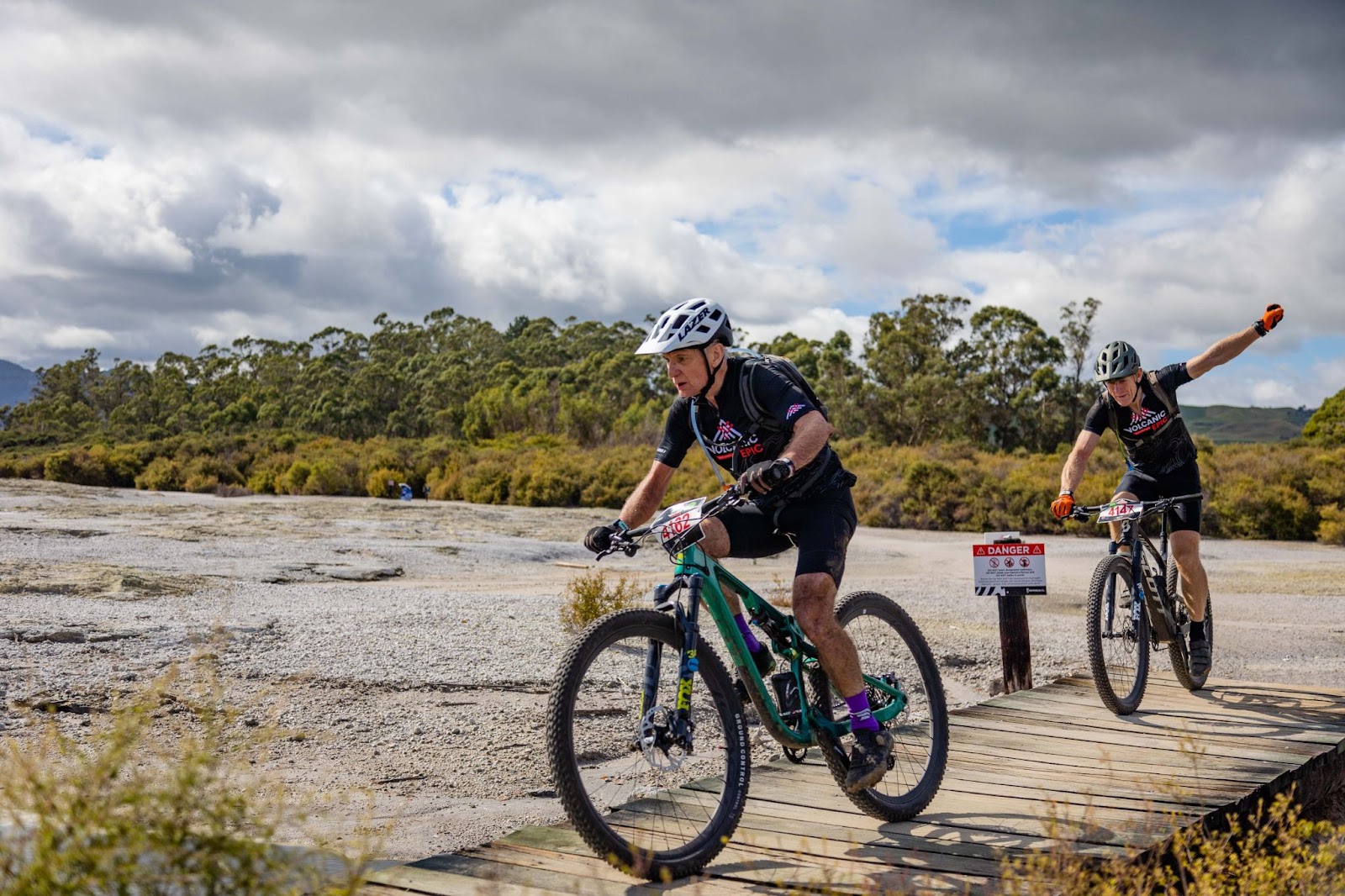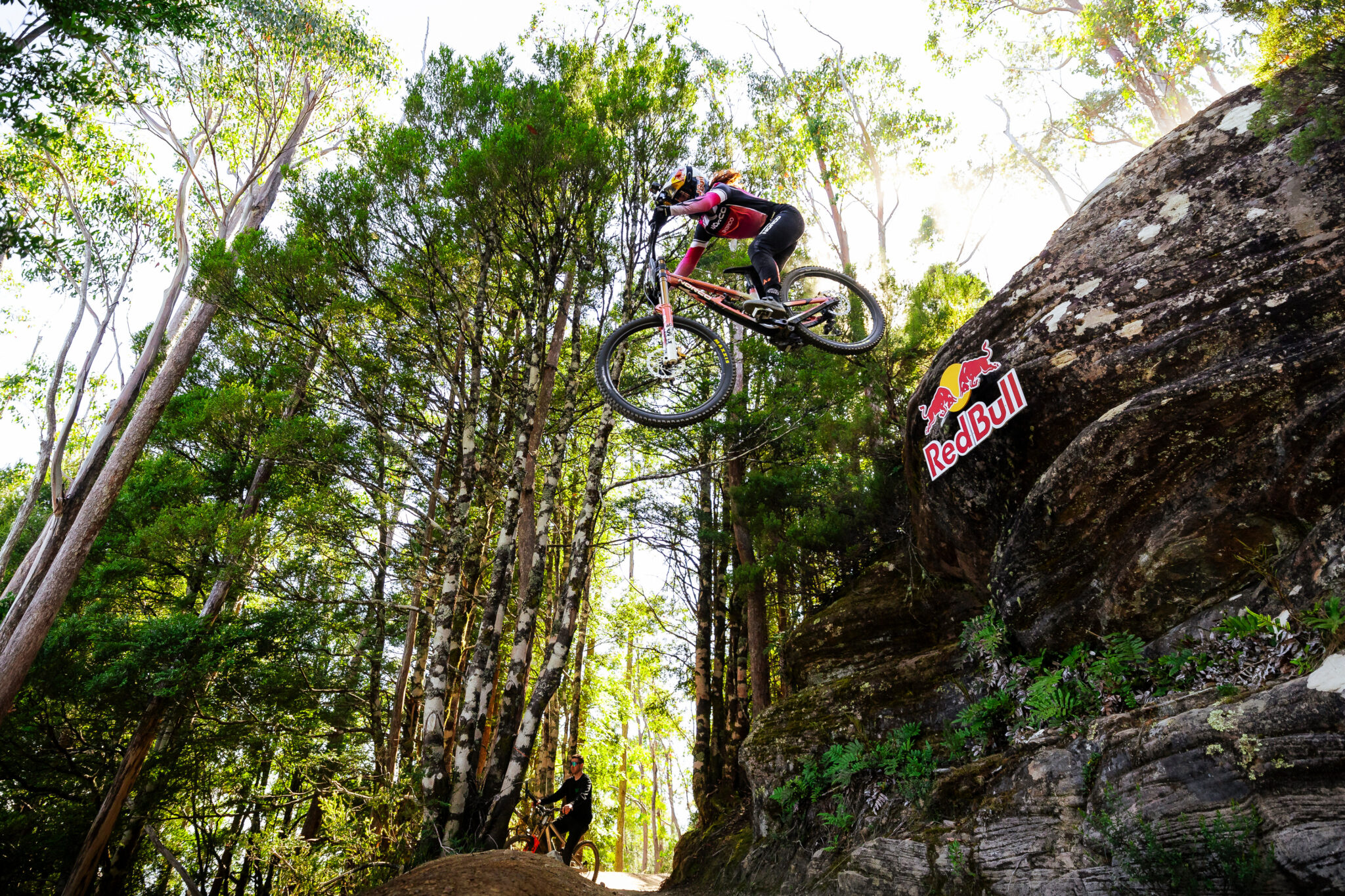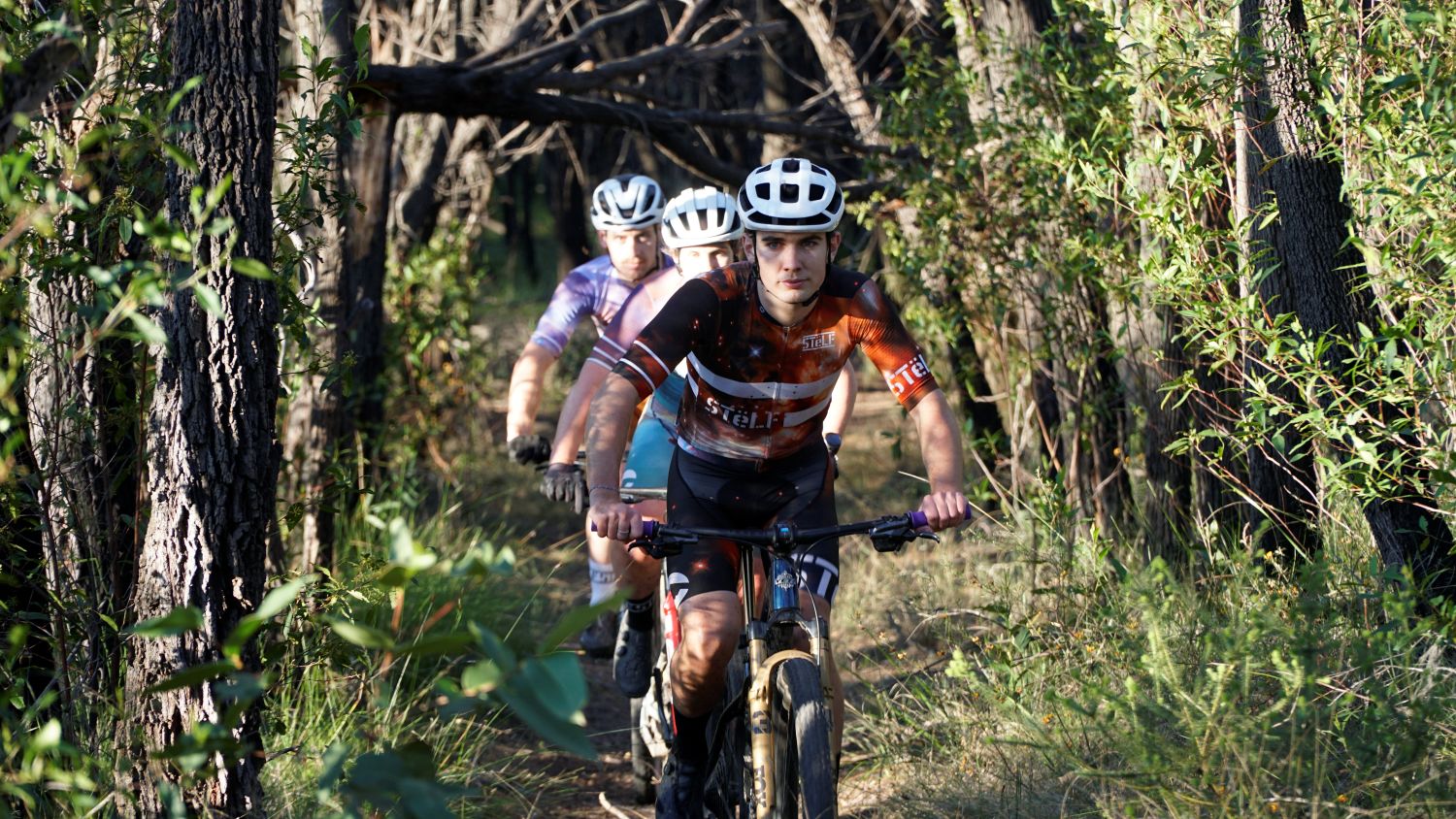TESTED: SRAM Guide Ultimate brakes
In late 2014, SRAM gave their brakes a big overhaul.
In late 2014, SRAM gave their brakes a big overhaul. Having sat under the Avid brand, they’d had some great models, but also some common criticisms. The first ride I had on Guide RS brakes in November last year showed that the new platform was on a different levl, with far better modulation, lots of power, and an easy setup process.
CREATING THE ULTIMATE
If something really is going to be ‘the ultimate’ it should be no expense spared. And that was the brief to SRAM engineers.
The lever has some nice upgrades from the RSC lever, with the addition of a snazzy carbon blade and ti bolts. Although there are no changes to the internals, it’s worth noting that the swing link in the lever is a key part of what gives the brakes their power, modulation and pad clearance. It changes how much the pistons are moving, depending where the lever is in the stroke.
Most of the work went on with the new S4 caliper. The two piece, 4 piston caliper needed to maintain the piston size and pad type as other Guide brakes, but the goal was to make sure the brake was consistent. Every ride, every run, every pull of the lever. To achieve this, better heat management is one of the biggest goals. For general trail riding in Australia, you might not be overheating your brakes much. But if you’re riding aggressively, racing, or venturing to places with some more vertical drop, you can quickly notice if your brakes don’t cope with heat well – be it your pads, rotors, or the caliper itself. Having cooked a few XC race brakes on long descents, I can appreciate a brake that’s designed to cope with some heat.
The caliper has new pistons that will consistently withdraw thanks to a surface to keep them well lubricated with the DOT fluid. The pistons are ribbed to let the fluid move over them a bit better, but they also have a composite core to prevent transfer of heat into the fluid. A heat shield was also added to the ends of the caliper, and the pad pocket was increased, for better cooling. That extra room should also help keep the brakes running cleanly in especially foul conditions.
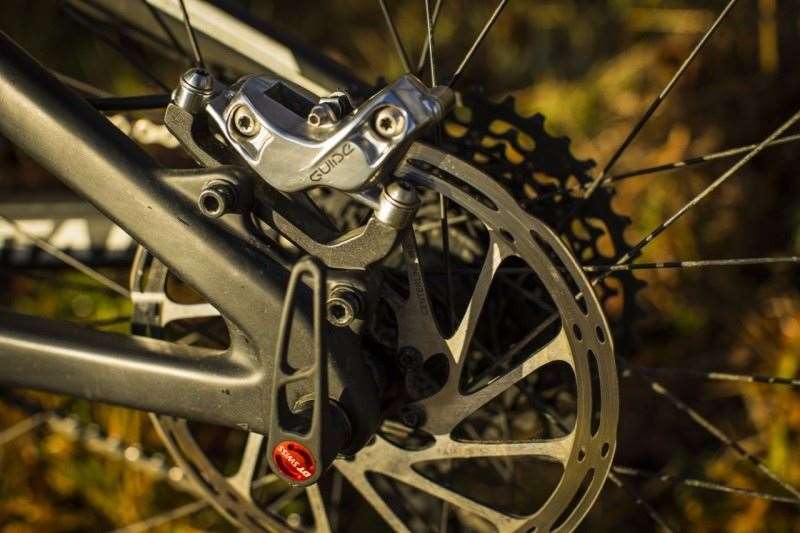 The caliper had a big work over, for better cooling and to drop weight. (c) Tim Bardsley-Smith
The caliper had a big work over, for better cooling and to drop weight. (c) Tim Bardsley-SmithAnother change is to bleeding, with a new tool that actually lets you open and close the syringe from the connection, which should let you nail the bleed every time, without accidentally getting air in or inaccurately pressurising the system.
The caliper also uses sweet Ti hardware, with a Torx head bolt to help prevent rounding out the bolt head, which is easy to do with a standard allen key head on a Ti bolt.
ON THE TRAIL
With the Guide Ultimates fitted to our Santa Cruz 5010 C, all that was left to do was ride. We ran 180mm Centreline rotors front and rear, but the rotors are available from 140-200mm to suit your bike and riding.
The brakes needed very little bedding in, which is always nice. They also required no readjustment after setting them up. That’s partly from the new bleed tool which makes it a lot easier to make sure there is no air in the system, and also the design that has helped keep the brakes so consistent.
Testing the brakes on a trail bike in Australia and New Zealand does limit how much you can really try to heat the brakes up. So despite a lack of big alpine descents, I was seriously impressed with the consistent feel of the brakes, including how silently they ran. I did take the bike through a fair range of average conditions, including most varieties of mud and grit. But the brakes continued to run drag free. And every time I pulled the lever, the engagement point was just as I expected. No sponge, no pump.
VERDICT
The first few months have been amazing. The Guide series of brakes has been a rebirth of braking for SRAM, and the Ultimate is a justified king, with stunning design, adjustability, heat management, power and modulation. We’ll keep running the brakes for some time yet, so keep an eye on AMBmag.com.au for a long term review.
Hits: Strong, consistent braking, easier maintenance
Misses: Aesthetically, it’s a clunky looking lever body. That’s it.
RRP: $399.95 per end, rotors $64.95 – $84.95
From: Monza Imports

